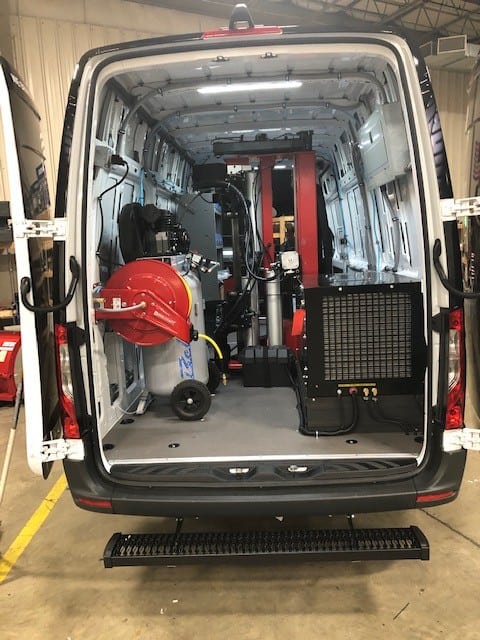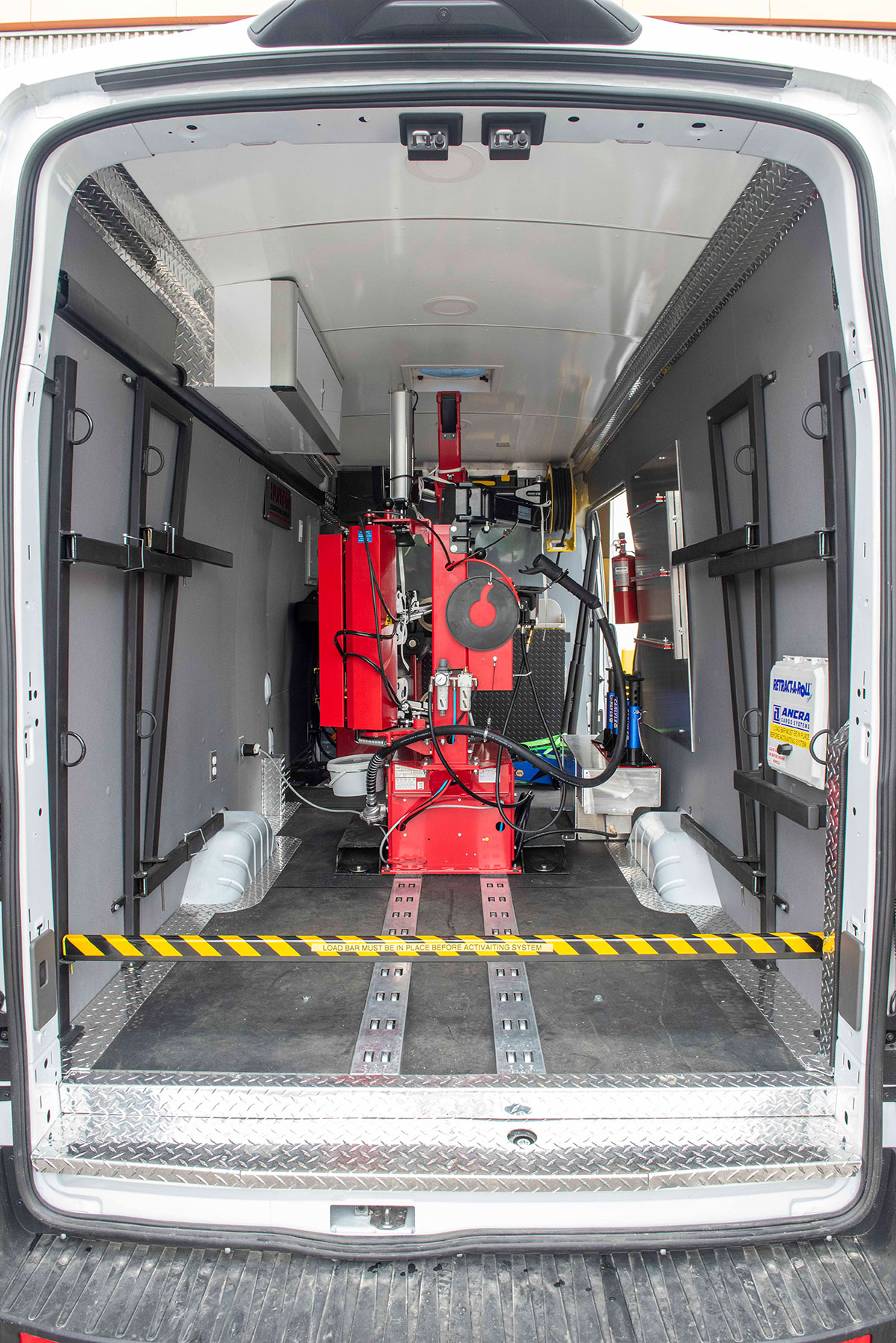Relied On Mobile Tire Service Las Vegas - On-Time Solutions
Relied On Mobile Tire Service Las Vegas - On-Time Solutions
Blog Article
Tire Solution: Proven Methods for Optimal Tire Maintenance and Treatment
From guaranteeing correct tire pressure to normal rotation and placement, there are tested techniques that can considerably expand the lifespan of your tires and boost overall driving experience. Allow's dive into the globe of tire service and uncover the secrets to maintaining your tires in first-class form for the long haul - Mobile Tire Repair Las Vegas.
Importance of Tire Stress
Proper tire pressure is a crucial aspect in guaranteeing optimum car efficiency and safety when traveling. Maintaining the recommended tire stress levels given by the maker offers many benefits. Adequate tire pressure advertises much better fuel performance, as under-inflated tires can lead to enhanced rolling resistance, causing the engine to function more challenging and eat even more fuel. Right tire pressure ensures even step wear, improving tire longevity and conserving money in the long run by delaying the need for early replacements. In addition, effectively inflated tires contribute to boosted handling and braking capacities, crucial for safe driving in various roadway problems. Over-inflated tires, on the various other hand, can cause lowered grip and a harsher adventure. Conversely, under-inflated tires are susceptible to overheating, which can lead to accidents and blowouts. Routinely inspecting and adjusting tire stress, especially eventually trips, is a basic yet efficient way to enhance automobile performance, extend tire life expectancy, and focus on safety and security when traveling.
Tire Rotation Standards
When considering tire rotation standards, it is important to recognize the significance of this upkeep job in maximizing tire lifespan and preserving optimum lorry efficiency. Tire rotation entails changing the placement of each tire on a vehicle to ensure even step wear. Front tires tend to put on faster than back tires due to steering pressures, making normal rotation critical for balanced wear patterns. The suggested rotation pattern varies relying on whether a vehicle is front-wheel, rear-wheel, all-wheel, or four-wheel drive. Normally, tires should be rotated every 5,000 to 7,500 miles, or as encouraged in the vehicle manual. Overlooking tire turning can result in uneven wear, impacting handling, traction, and possibly compromising lorry safety. By sticking to appropriate rotation standards, chauffeurs can extend the life of their tires, enhance fuel effectiveness, and enhance total driving experience. Routine rotation is a simple yet reliable upkeep method that contributes dramatically to tire durability and car performance.

Advantages of Wheel Alignment
Ensuring correct wheel placement after tire rotation is essential for keeping balanced wear patterns and taking full advantage of car efficiency. Furthermore, correct wheel placement assists to extend the life-span of your tires. Misaligned wheels can trigger uneven tire wear, leading to early tire replacement and raised maintenance prices.

Tire Tread Deepness Examine
Doing a regular inspection of tire step depth is important for Mobile Tire Replacement Las Vegas maintaining safe driving conditions and lengthening the lifespan of your tires. Irregular step wear can indicate concerns with tire pressure, alignment, or suspension, highlighting the importance of routine walk depth checks. By including tire tread deepness checks into your routine maintenance schedule, you can drive with confidence knowing that your tires are in leading condition.
Seasonal Tire Assessment
Seasonal tire inspection is a fundamental element of tire upkeep that ensures tires are ready to face the obstacles posed by different weather problems. In prep work for winter months, it is essential to check the tire stress routinely as cold temperatures can create tire stress to go down. By carrying out routine seasonal tire evaluations, chauffeurs can prolong tire life-span, boost gas her response effectiveness, and most significantly, ensure a protected driving experience in varying climate conditions.
Conclusion
In conclusion, maintaining proper tire stress, revolving tires regularly, aligning wheels correctly, keeping track of walk depth, and carrying out seasonal examinations are necessary practices for ideal tire care. By following these proven approaches, drivers can guarantee their tires last much longer, execute far better, and add to total vehicle security. It is necessary to prioritize tire maintenance to avoid accidents, enhance fuel effectiveness, and extend the life expectancy of tires.
Appropriate tire pressure promotes better fuel performance, as under-inflated tires can lead to boosted rolling resistance, creating the engine to function tougher and eat more gas.When taking into consideration tire turning guidelines, it is important to recognize the value of this maintenance job in taking full advantage of tire life expectancy and preserving optimum automobile performance. Seasonal tire assessment is an essential facet of tire upkeep that makes certain tires are prepared to encounter the difficulties positioned by different weather conditions. By conducting routine seasonal tire examinations, motorists can lengthen tire lifespan, boost fuel effectiveness, and most notably, make certain a secure driving experience in differing climate problems.
In verdict, preserving correct tire pressure, turning tires frequently, lining up wheels correctly, monitoring tread deepness, and conducting seasonal assessments are essential practices for ideal tire care.
Report this page